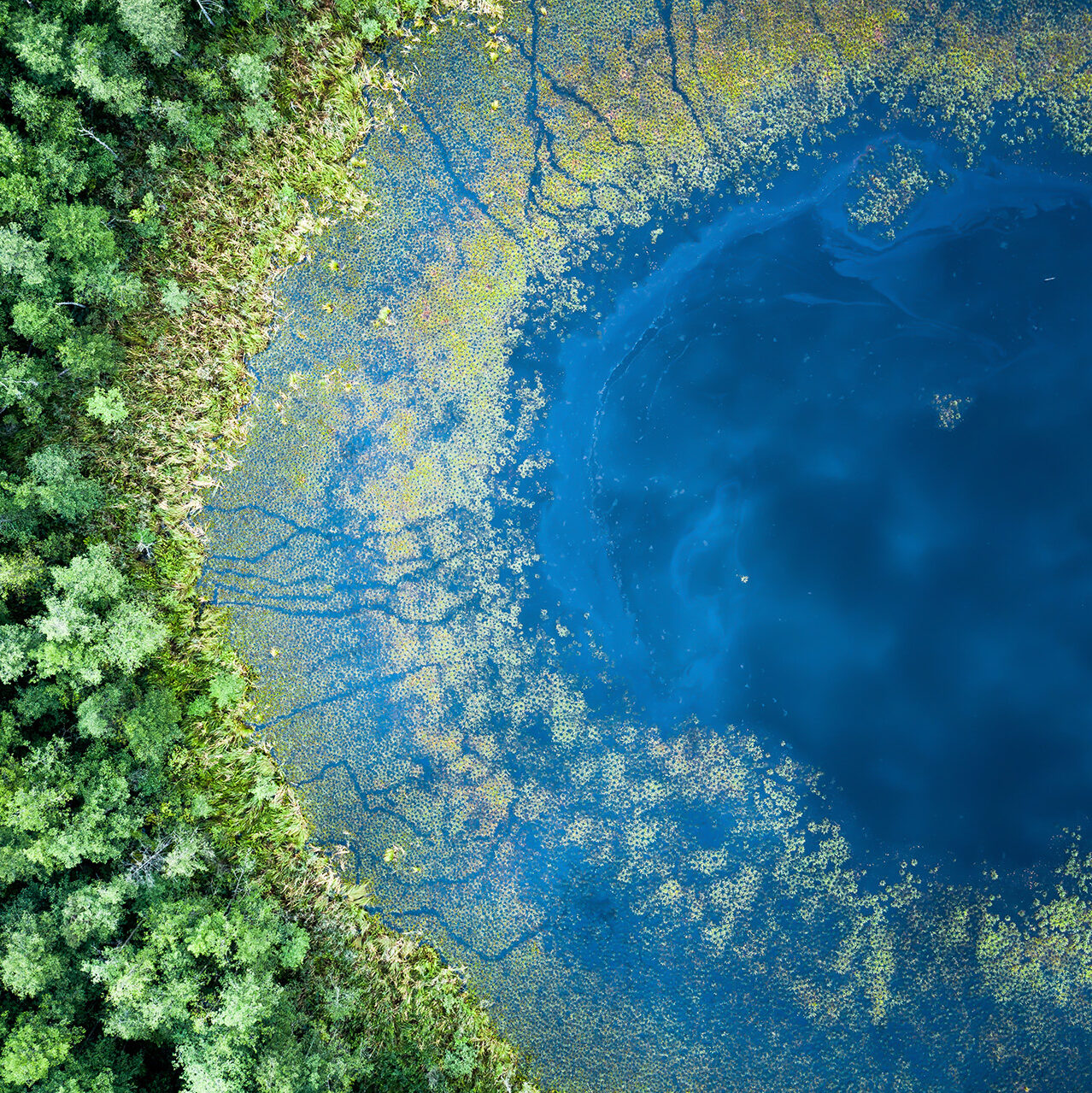A holistic framework with planetary boundaries for assessing nature-related risks and accelerating sustainable business transformation.
The impacts of business activities go beyond climate; and many companies are dependent on other Earth systems for raw materials and ecosystem services.
That’s why, at Quantis, we encourage our clients to apply a planetary boundaries lens to their sustainability efforts. A planetary boundaries approach offers the most effective way for companies to accelerate progress on environmental goals, mitigate key business risks and lay a solid foundation for business to thrive in a changing landscape.
But what are planetary boundaries?
The Planetary Boundaries framework was created in 2009 by Johan Rockström of the Stockholm Resilience Centre, with the purpose of identifying the processes that regulate the stability and resilience of Earth’s systems and quantitative levels to operate within.
The framework aims to provide a science-based approach to understanding how human activities can operate within the limits of Earth’s capacity to avoid destabilizing the processes that regulate the delicate balance and resilience of the entire Earth system. We’ve already crossed six of the nine planetary boundaries.
Because all of Earth’s systems are deeply interconnected, environmental challenges can’t be addressed in silos. Companies need a holistic, integrated approach that addresses all nine planetary boundaries to build resilience, enact real, systemic change and create a planetary economy where people, planet and business can thrive.

Why businesses should operate within planetary boundaries
Operating within planetary boundaries is about both what’s best for the planet and also improving value within a company. Businesses should utilize the planetary boundaries framework when assessing their impact and dependencies, as well as setting and executing their sustainability initiatives and targets, as it can:
- Mitigate risk (physical, transitional, reputational, liability)
- Reduce costs
- Minimize external uncertainty
- Increase control in operations
- Increase visibility
By breaking their dependencies, companies can become more resilient in times of uncertainty and reduce their exposure to physical and transitional risks. They can also give themselves a head start on meeting new national and international targets and regulations. Furthermore, the defined, science-based commitments bring greater credibility and guard against reputational risks, such as greenwashing charges or litigation.
This approach also helps companies think differently about problems and address them with greater agility, opening the door to new opportunities. Companies that adopt this framework can be first-movers, ideate more effectively and gain market share over competitors by elevating consumer trust and developing innovative business models that decouple revenue from resource consumption.


Why planetary boundaries is the right framework for corporate action
Many companies make the mistake of focusing their sustainability efforts solely on climate. All of Earth’s systems are inherently linked — climate change can alter many of Earth’s other systems (e.g., water, biodiversity and land) and vice versa. Targeting climate alone won’t get companies very far, leaving businesses — including yours — exposed to a variety of risks. The planetary boundaries framework provides a holistic view, rather than fixating on one or two topics, which could lead to trade-offs and other unintended consequences. When taking all nine boundaries into consideration, companies can drive meaningful change that results in a net-positive outcome for their business and the planet.
How Quantis can help
Switching to a planetary boundaries approach is a significant commitment, calling for a shift in mindsets and fundamental business model changes so that businesses can contribute to a nature-positive economy. Quantis works with clients to integrate sustainability into their business model and align business activities with planetary boundaries.
Together with Boston Consulting Group (BCG), which acquired Quantis in 2022, we help clients assess, plan, and transform their business model to pursue a nature-positive economy and operate within planetary boundaries. We guide our clients through their sustainable business transformation through three levers:
Assess and establish the baseline and set targets.
Our experts work with clients to measure their environmental impacts and dependencies. With a unique perspective on frameworks such as the Science Based Targets Network’s (SBTN) integrated guidance for nature targets, we identify key metrics and current baselines in order to form a sustainability strategy with achievable, meaningful targets.
Build a strategy with clear action items that mitigate both environmental and business risks.
After laying the foundation, we can help companies:
- Avoid and reduce their impacts and dependencies;
- Transform their business model, processes and products to both reduce environmental risk and enhance business performance;
- Create sustainable business opportunities that increase value and turn environmental risks into opportunities.
Embed the proper organizational structure to support sustainable transformation and nature-positive solutions.
In coordination with governance, organizations and communities, our partnership with clients provides deep expertise on building capabilities such as risk management, financial valuation and monitoring tools.
We’re your full-service partner for the transformational journey. Our strategic advisors are equipped to guide you at every point along the way.
What are the planetary boundaries ?
The nine planetary boundaries are the thresholds human activities can’t cross without generating abrupt or irreversible environmental changes. We’ve outlined the nine boundaries below, with crossed boundaries marked with an asterisk.
Climate Change* → the short and long-term shifts in global temperature and weather patterns
Freshwater Change* → resource pressure due to water cycle disruptions, water contamination and unsustainable resource utilization
a) Greenwater* → rainfall, soil moisture and evaporation
b) Freshwater Use (Blue water) → extraction of water in rivers, lakes, and groundwater
Stratospheric Ozone Depletion → the breakdown and thinning of the ozone layer
Atmospheric Aerosol Loading → air pollution and how it affects humans and ecosystems
Ocean Acidification → the increased absorption of carbon dioxide into the world’s oceans forming carbonic acid, which significantly impacts marine ecosystems
Biogeochemical Flows* → the overuse of nitrogen and phosphorus leading to disruptions in Earth’s various cycles
Land-System Change* → the conversion of forests, wetlands and grasslands into areas suitable for human use and exploitation
Novel Entities* → toxic and long-lived substances, both man-made and natural, that have harmful geophysical and biological consequences on the planet
Biosphere Integrity* → the preservation of diversity in species, diversity in genotypes and abundance of species from local and global extinction to ensure the integrity of ecosystem services; also known as biodiversity loss
a) E/MSY → measure of how much of Earth’s biocapacity is being used to support human activities
b) BII → measure of the extent to which ecosystems have lost their original biodiversity due to human activities
